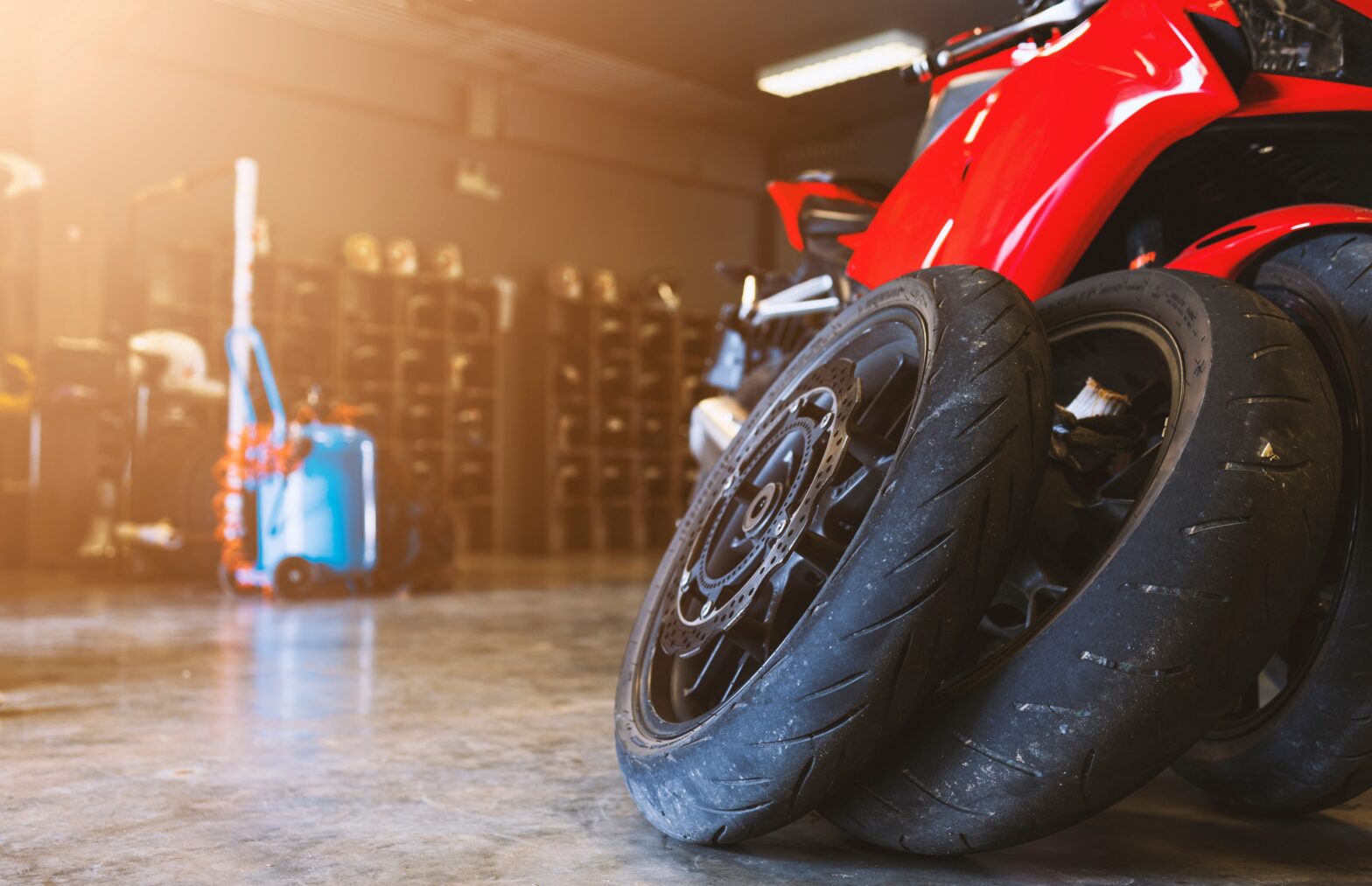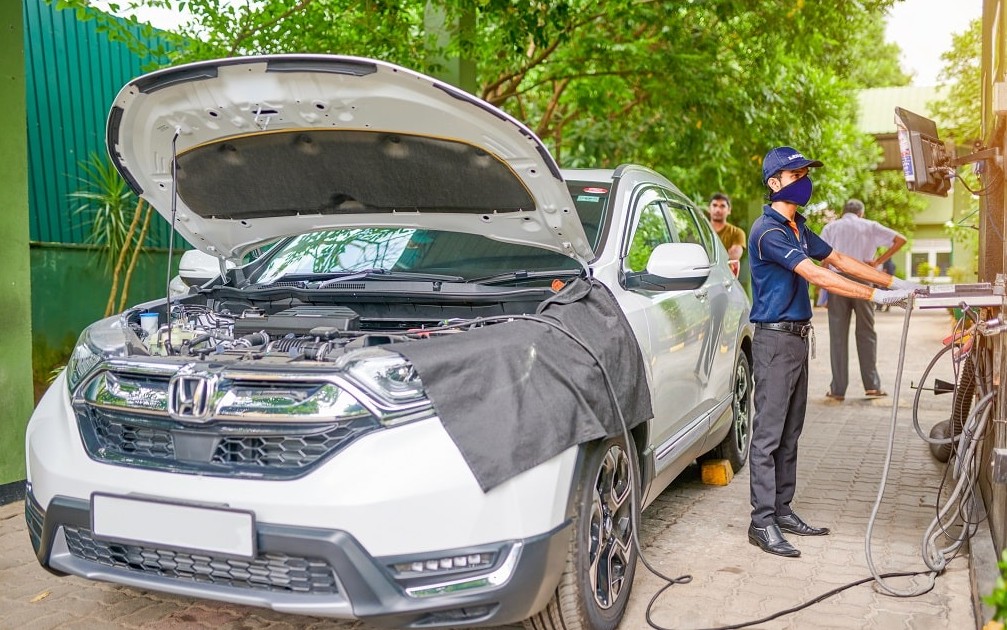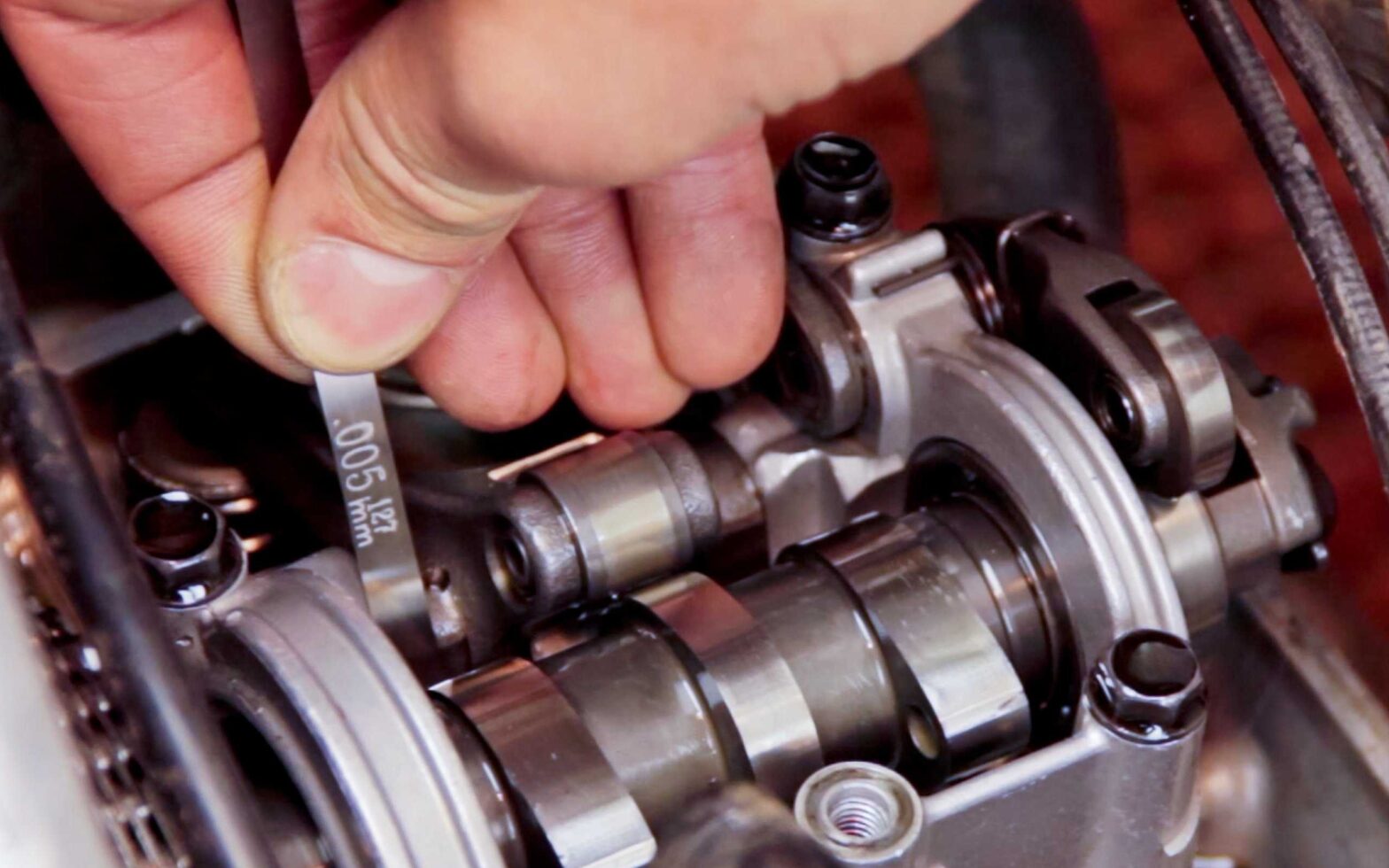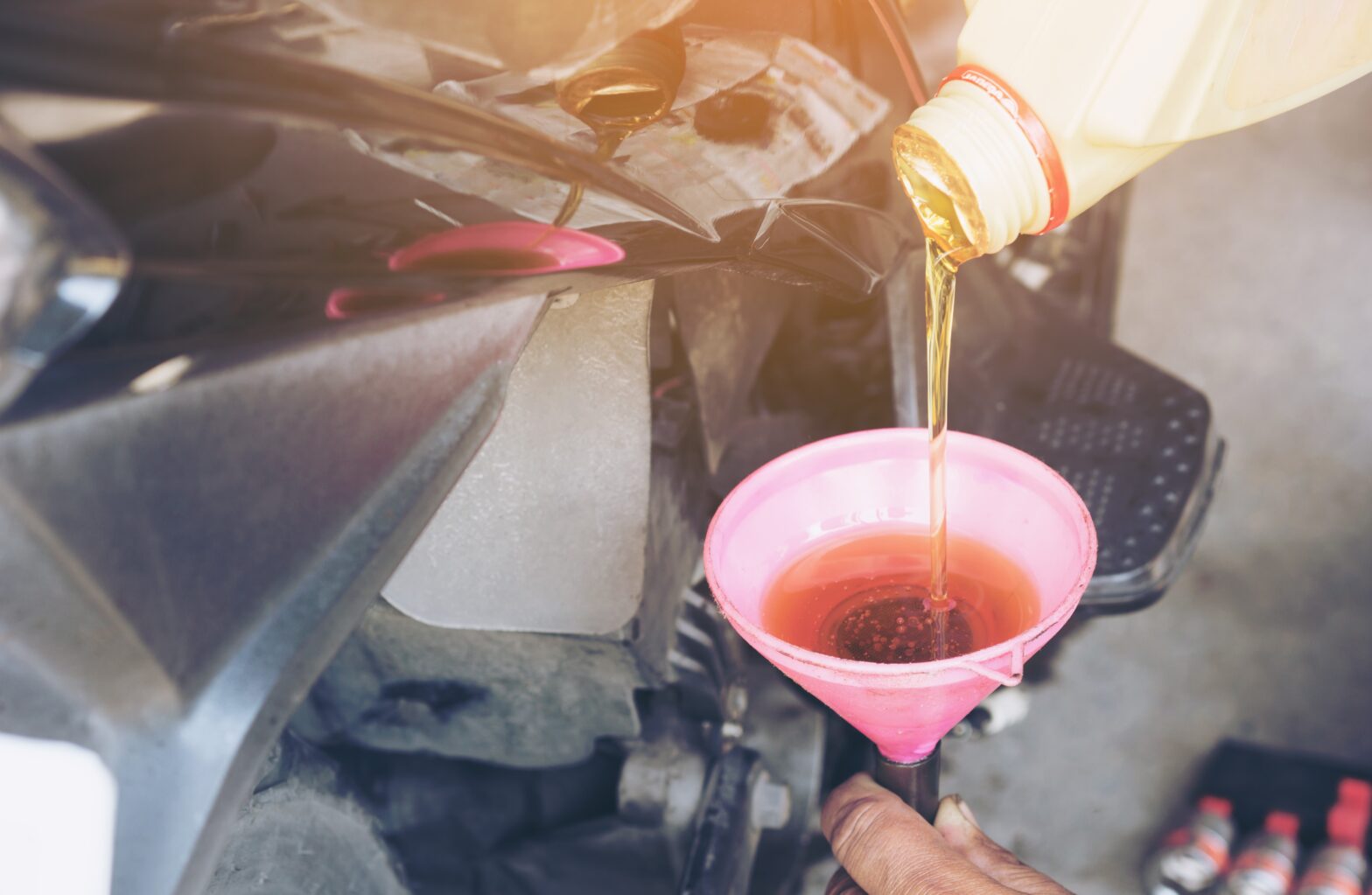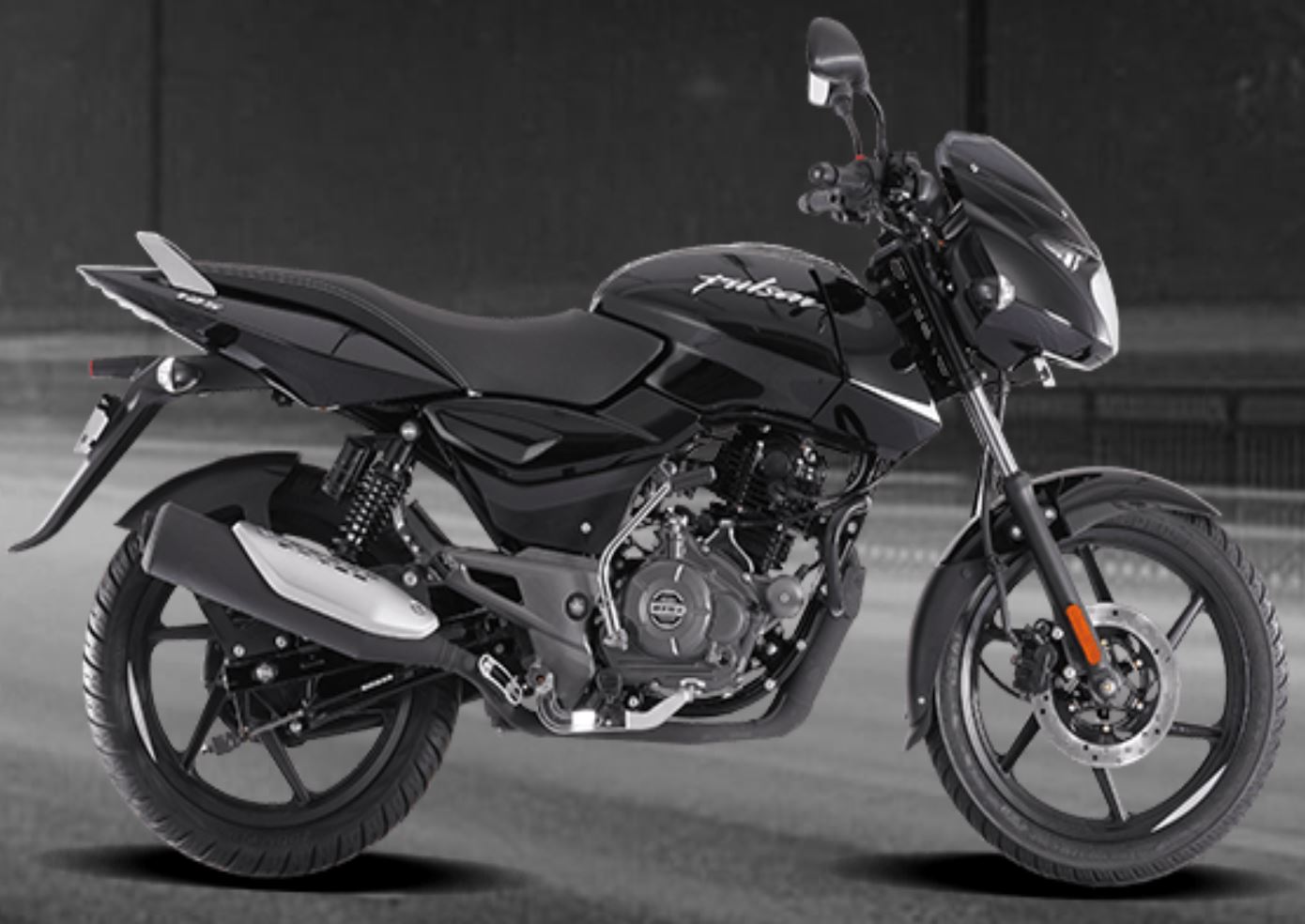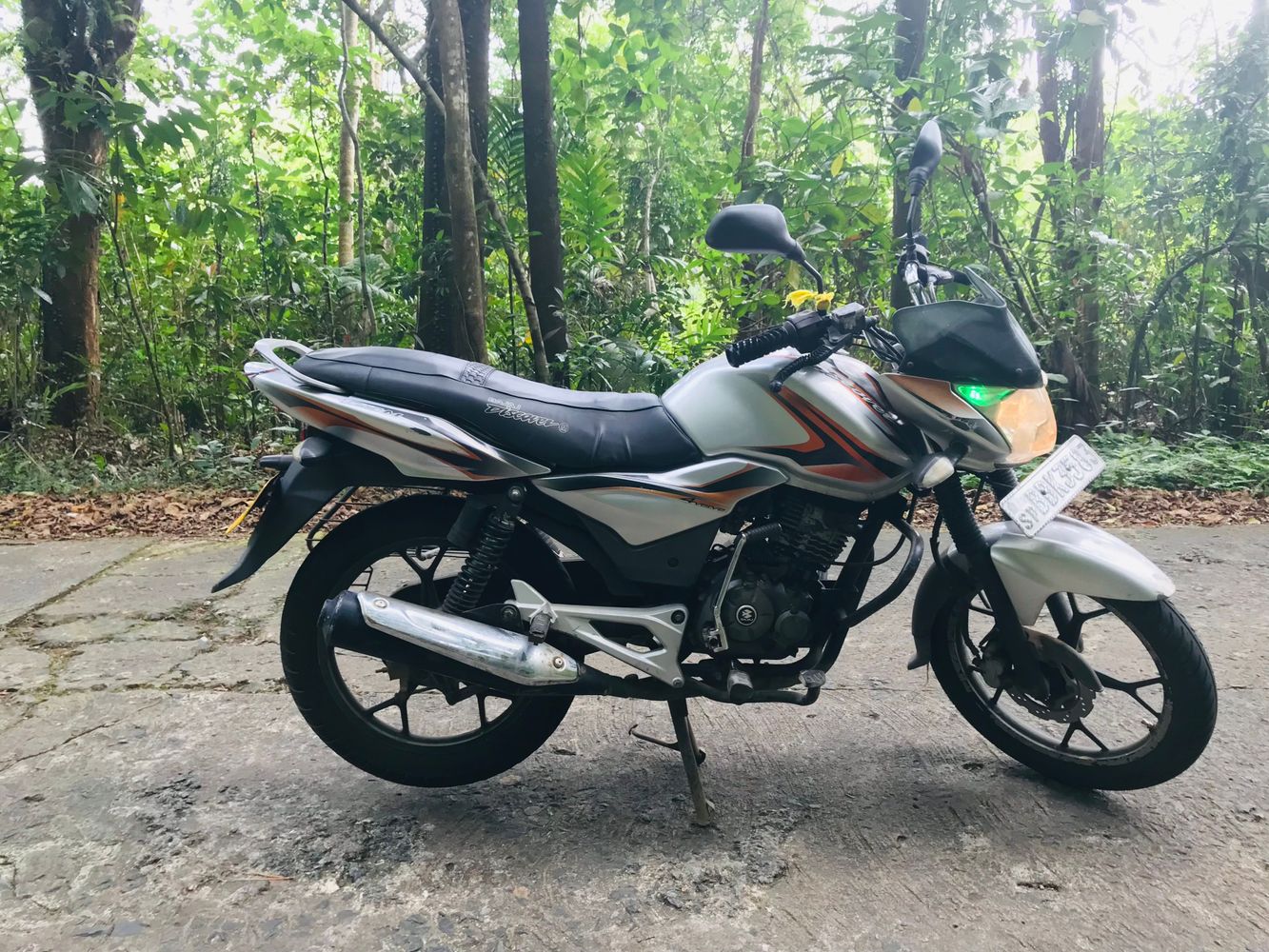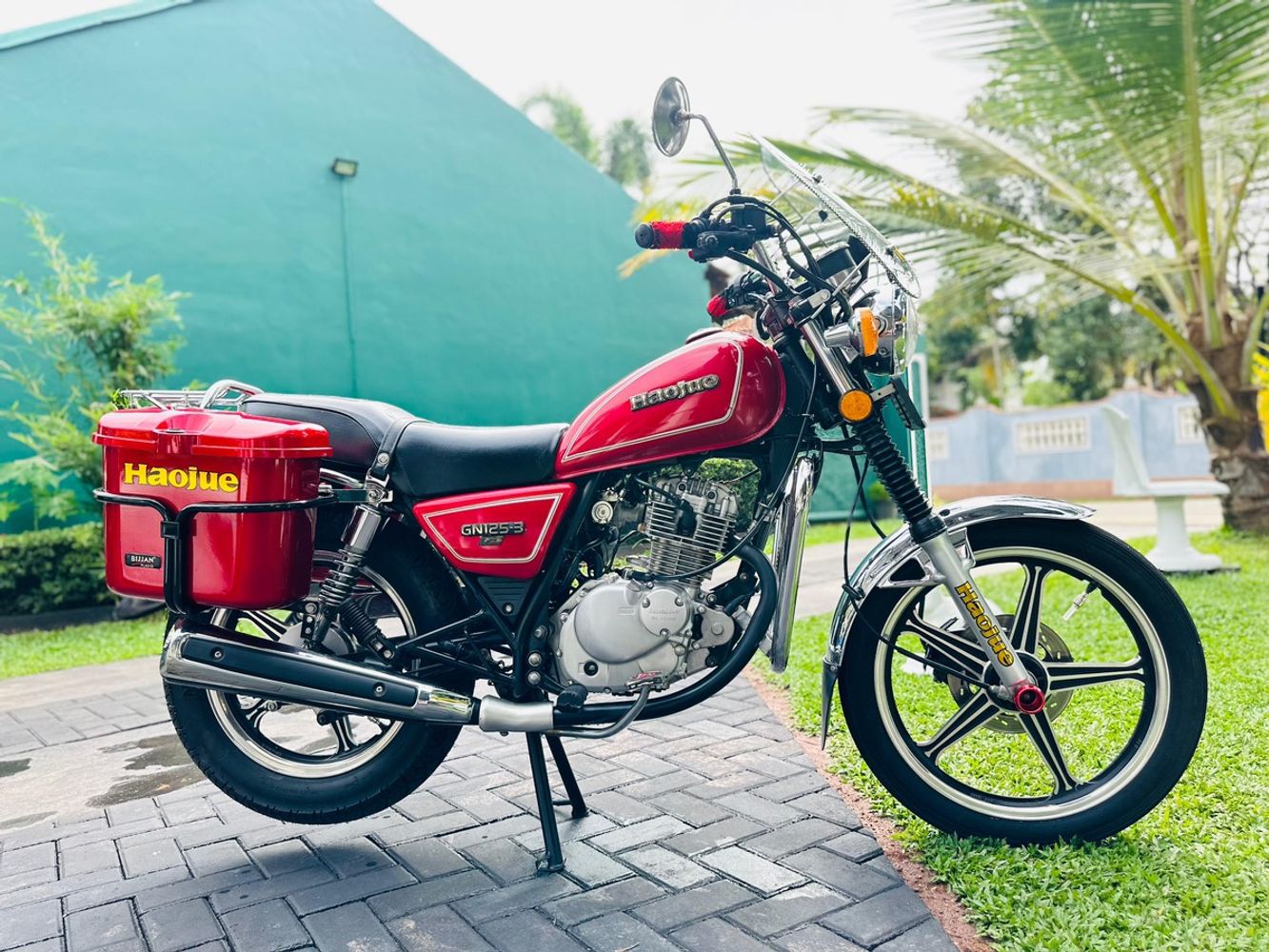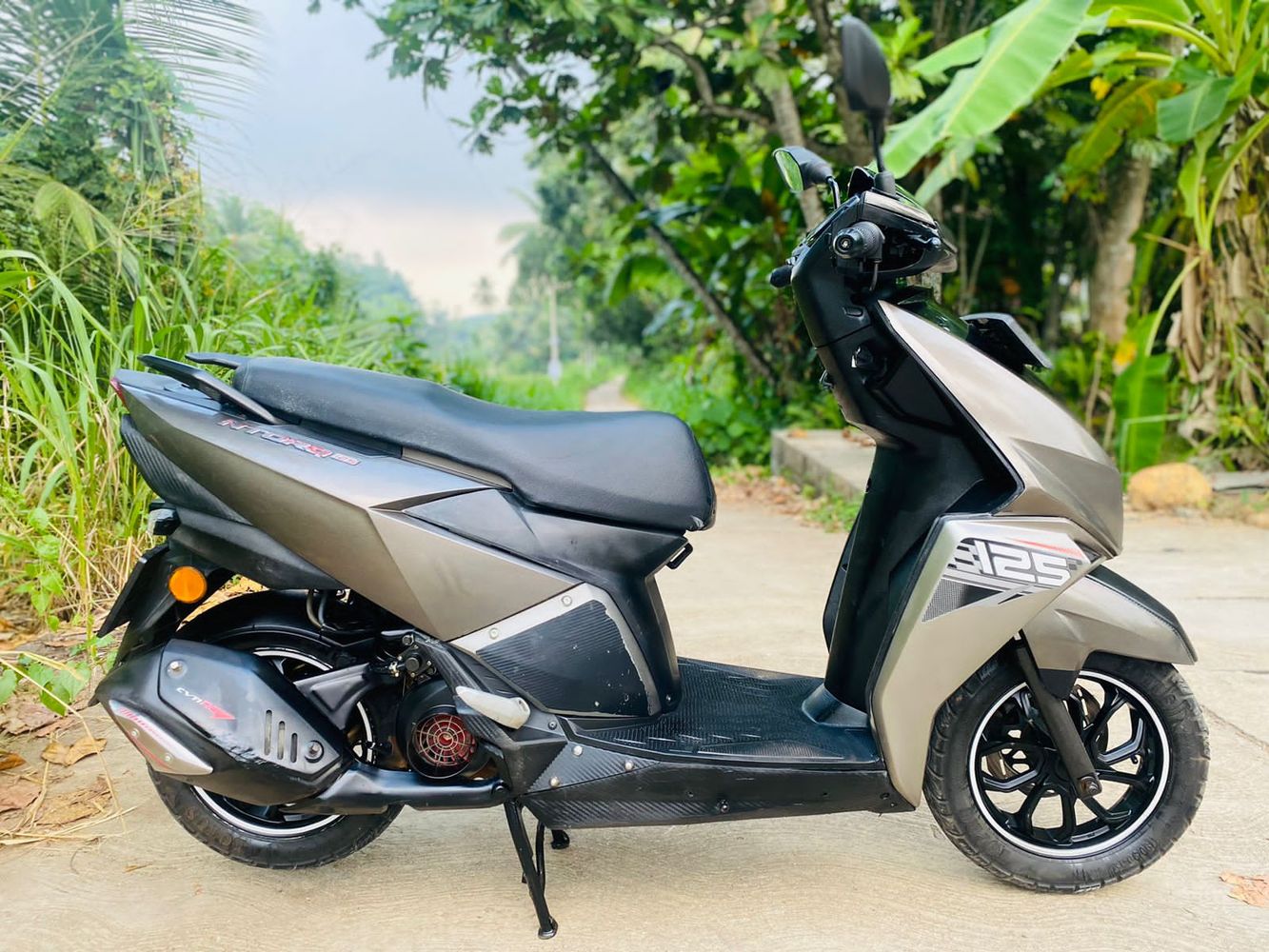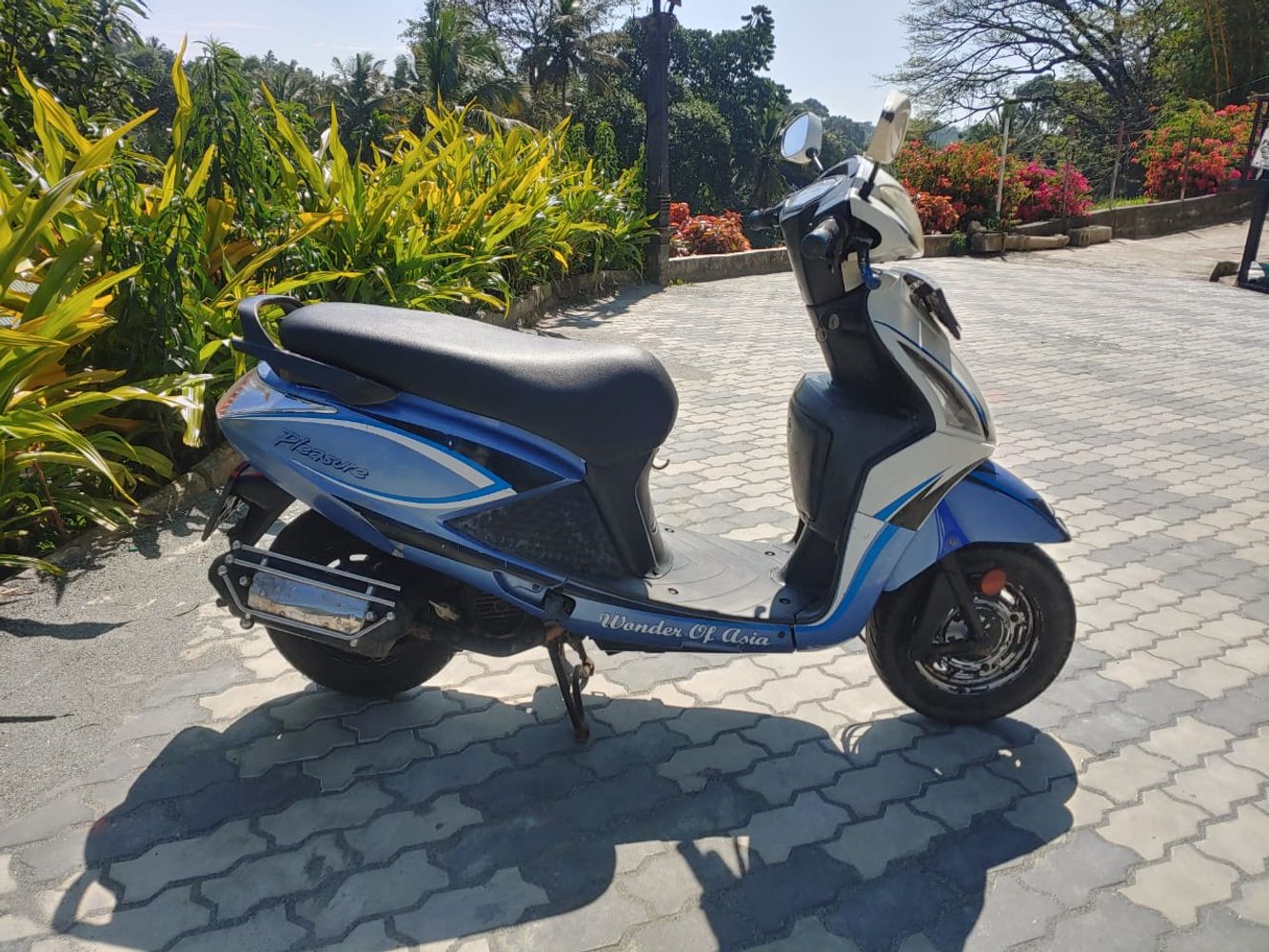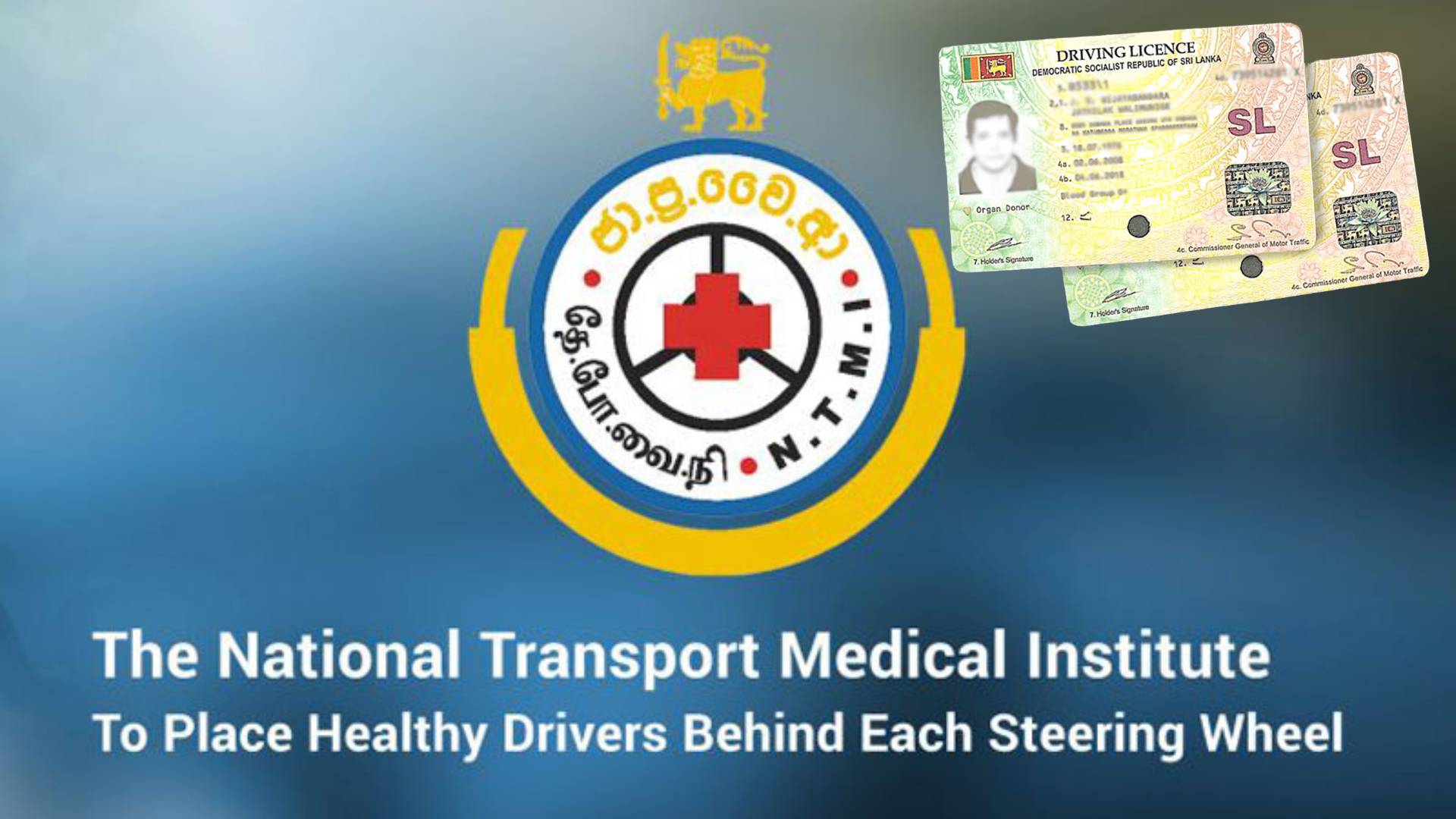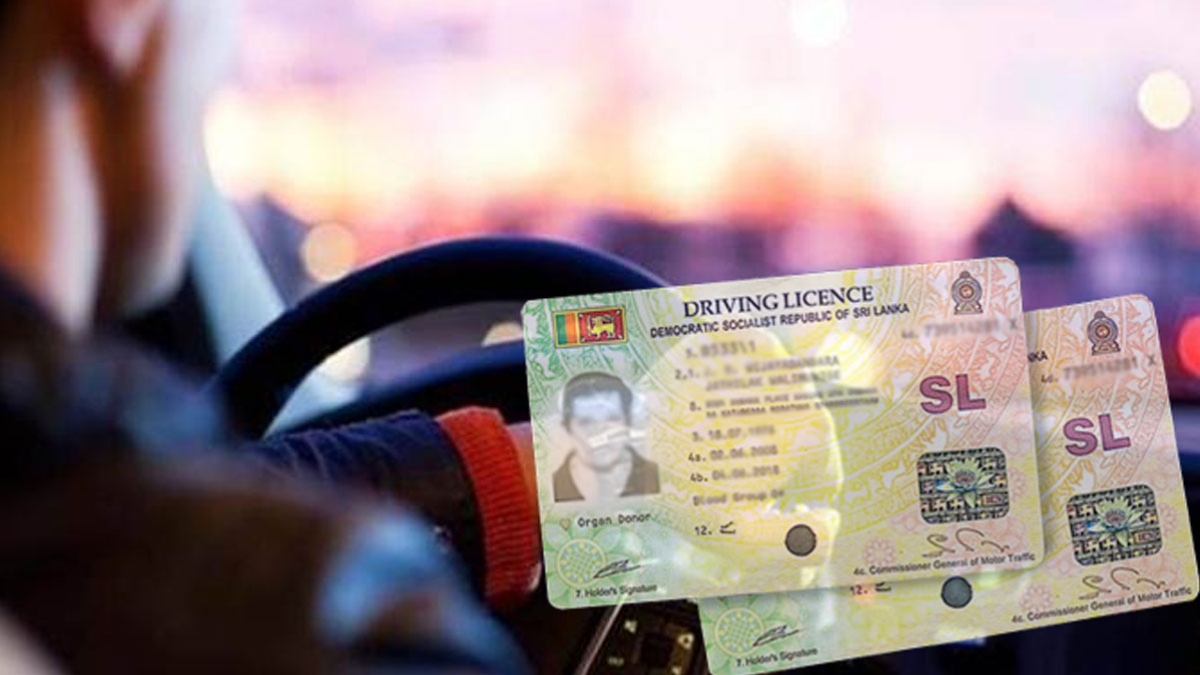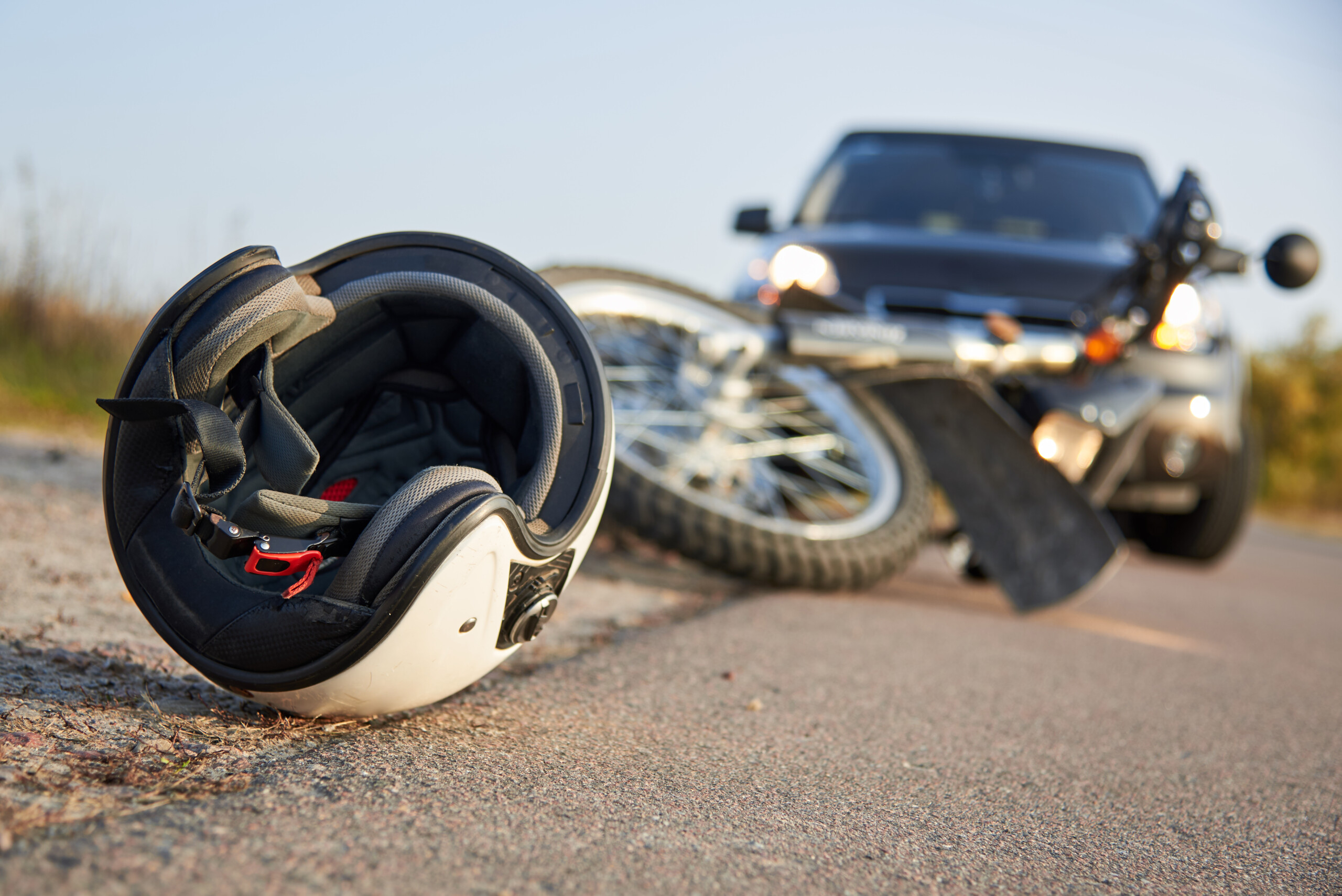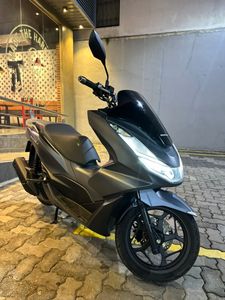How to Protect Your Bike in the Monsoon Season
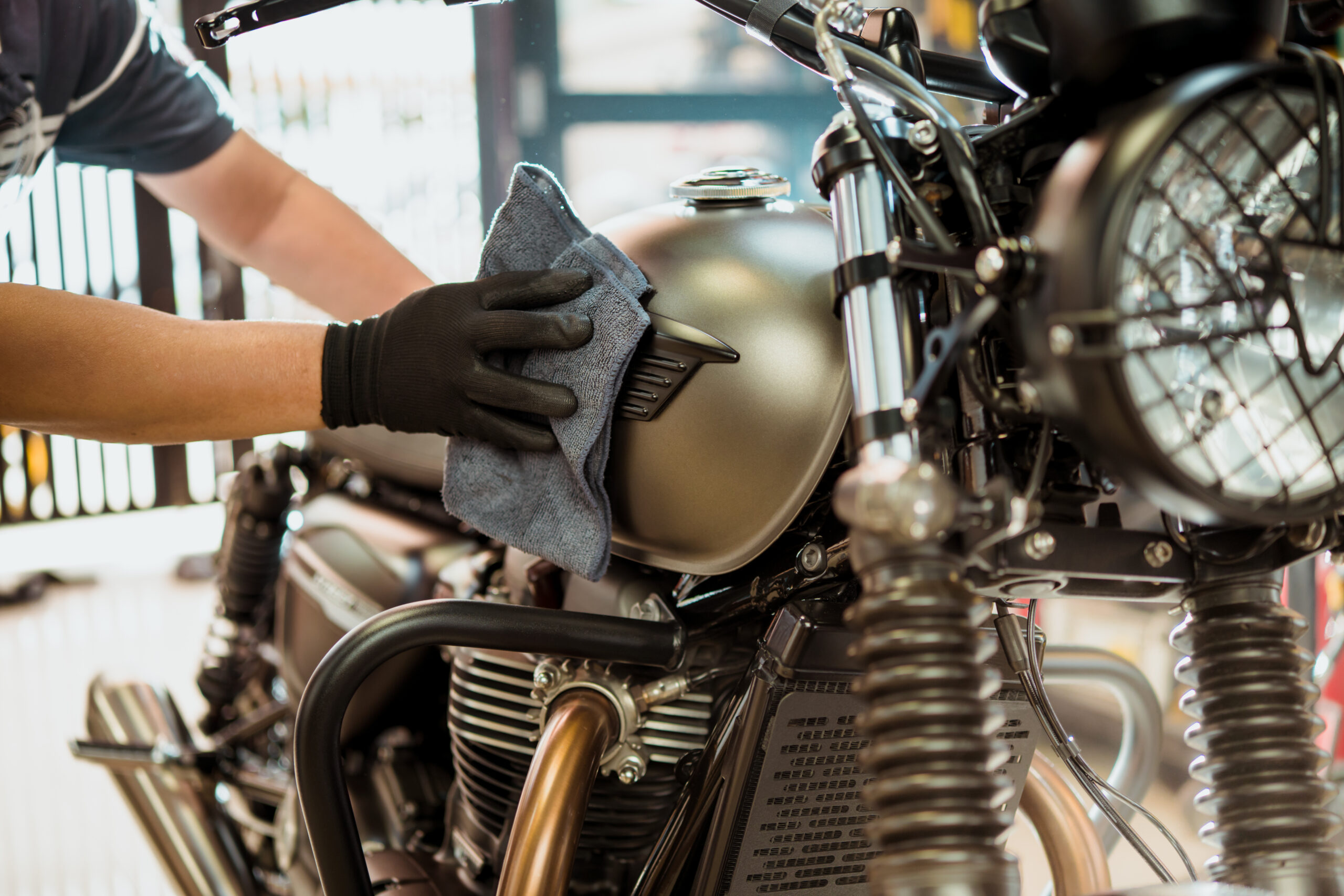
Monsoon season can be challenging for motorcycle owners due to the increased risk of rust, water damage, and reduced visibility. Proper care and maintenance are essential to keep your bike in top condition during the rainy months. Here’s a comprehensive guide on how to protect your motorcycle during the monsoon season.
1. Regular Cleaning and Drying
1.1. Frequent Washing:
Rainwater can contain pollutants that may harm your bike’s paint and metal parts. Regularly wash your bike with clean water and a mild detergent to remove dirt, mud, and pollutants.
1.2. Thorough Drying:
After washing or riding in the rain, dry your bike thoroughly. Pay special attention to hard-to-reach areas where water can accumulate and cause rust. Use a clean, dry cloth or an air blower.
2. Anti-Rust Treatment
2.1. Rust Prevention Spray:
Apply an anti-rust spray on metal parts to protect them from corrosion. Focus on areas prone to rust, such as the exhaust, chain, and frame.
2.2. Lubrication:
Keep the chain and other moving parts well-lubricated. Use a water-resistant lubricant to prevent rust and ensure smooth operation.
3. Covering Your Bike
3.1. Waterproof Cover:
Invest in a high-quality waterproof cover to protect your bike from rain when parked. Ensure the cover fits well and covers the entire bike to shield it from water and dust.
3.2. Covered Parking:
Whenever possible, park your bike under a covered area or a garage. This provides additional protection against heavy rain and strong winds.
4. Electrical Protection
4.1. Check Electrical Connections:
Inspect all electrical connections and ensure they are secure and insulated. Use dielectric grease on connectors to prevent moisture ingress.
4.2. Battery Care:
Keep the battery terminals clean and apply a thin layer of petroleum jelly to prevent corrosion. Ensure the battery is fully charged to handle the increased load from using lights and other electrical components more frequently in low-visibility conditions.
5. Tire Maintenance
5.1. Tread Depth:
Check the tread depth of your tires. Adequate tread depth is crucial for maintaining traction on wet roads. Replace tires that are worn out.
5.2. Tire Pressure:
Regularly check and maintain the recommended tire pressure. Properly inflated tires provide better grip and reduce the risk of hydroplaning.
6. Brake Inspection
6.1. Brake Pads:
Inspect the brake pads for wear and tear. Wet conditions can cause brake pads to wear out faster. Replace them if necessary.
6.2. Brake Fluid:
Check the brake fluid levels and top up if needed. Ensure there are no leaks in the brake lines.
7. Visibility Enhancements
7.1. Clean Lights and Indicators:
Keep the headlights, taillights, and indicators clean for maximum visibility. Replace any bulbs that are dim or not working.
7.2. Reflective Tape:
Consider adding reflective tape to your bike to improve visibility during heavy rain and low-light conditions.
8. Riding Precautions
8.1. Reduced Speed:
Ride at a slower speed during heavy rain to maintain better control and reduce the risk of skidding.
8.2. Increased Following Distance:
Maintain a greater distance from the vehicle ahead to account for longer stopping distances on wet roads.
8.3. Avoid Puddles:
Avoid riding through puddles, as they can hide potholes and other obstacles. Water splashing onto the bike can also increase the risk of water entering the electrical components.
Protecting your bike during the monsoon season requires diligent maintenance and a few precautionary measures. By regularly cleaning and drying your bike, applying anti-rust treatments, and ensuring proper electrical and mechanical care, you can keep your motorcycle in excellent condition despite the challenges of the rainy season. Additionally, adopting safer riding practices during heavy rain will enhance your safety and the longevity of your bike.
Similar Advices


